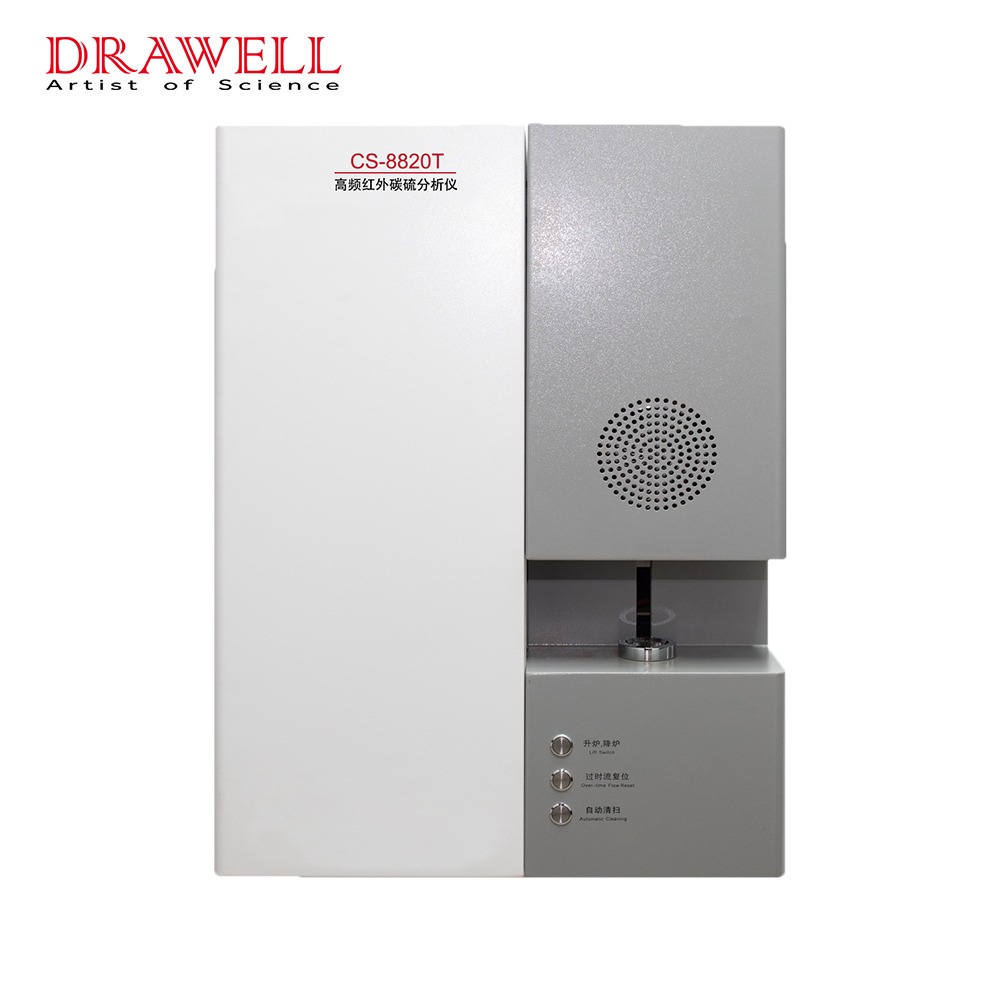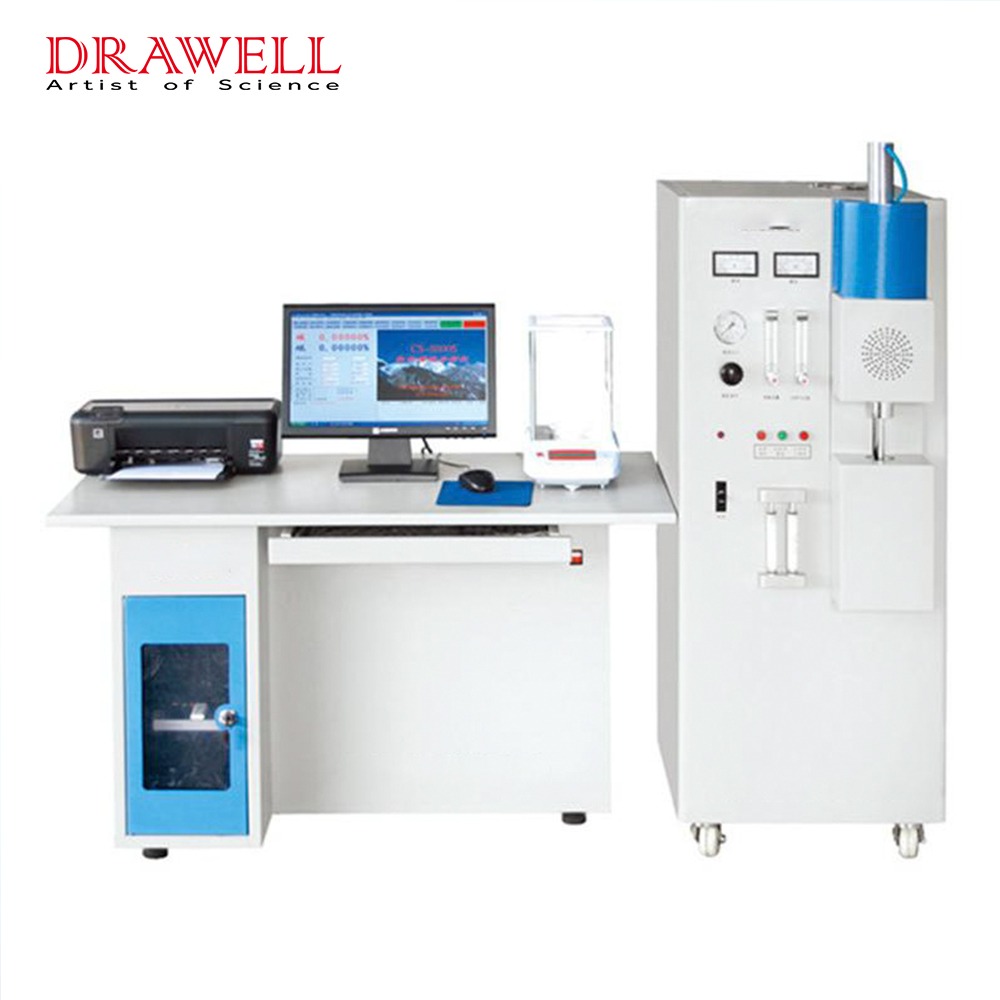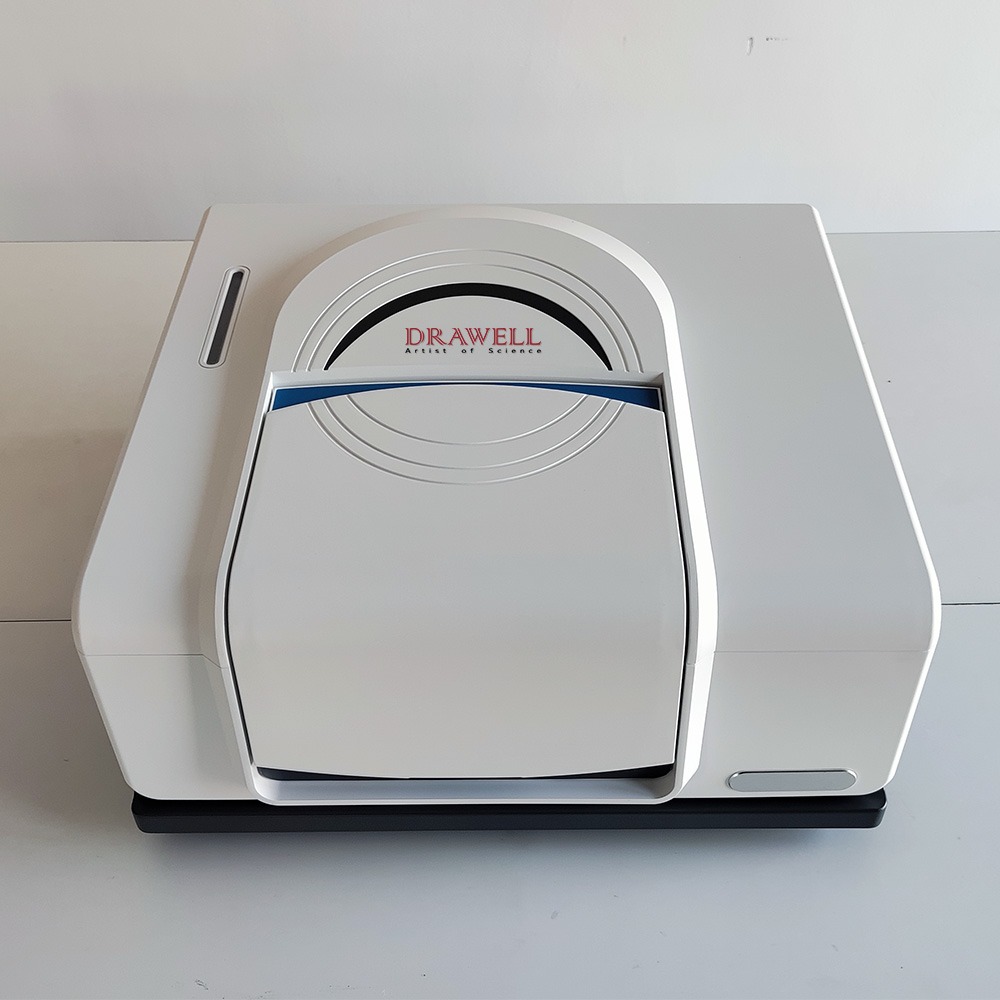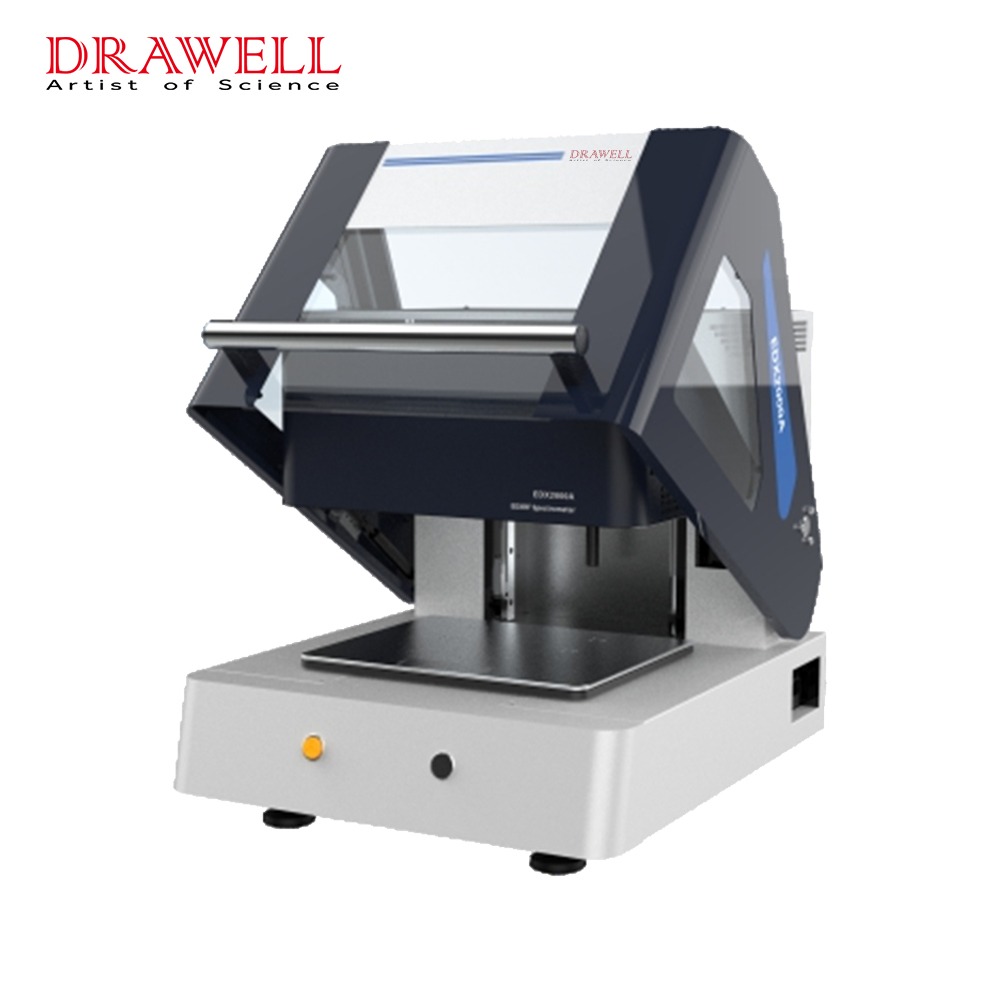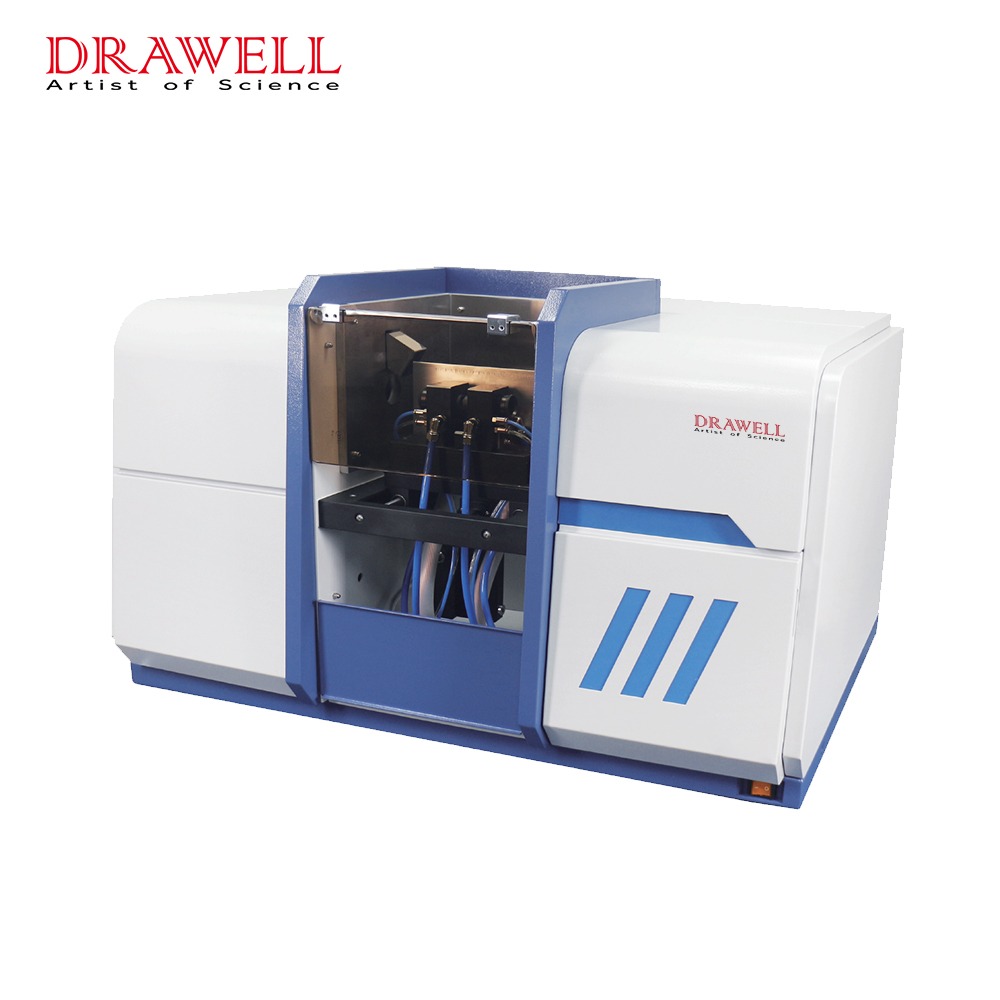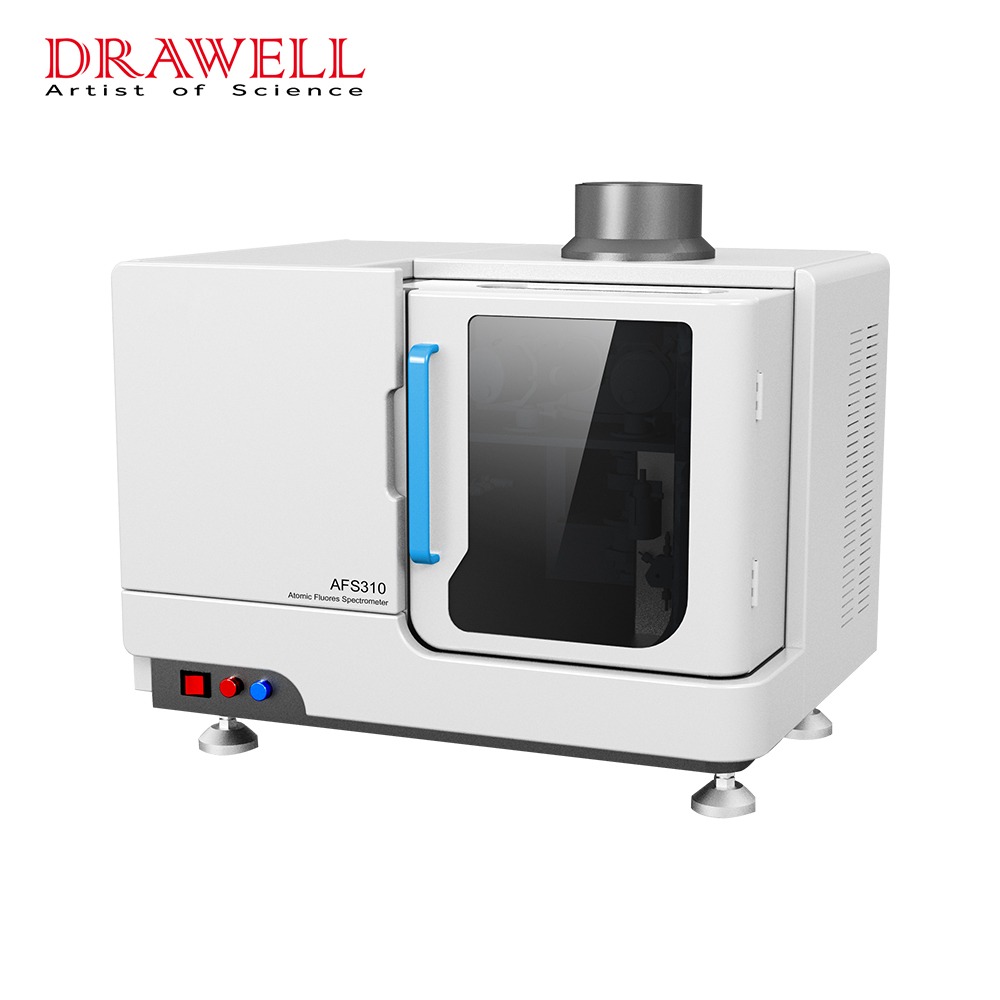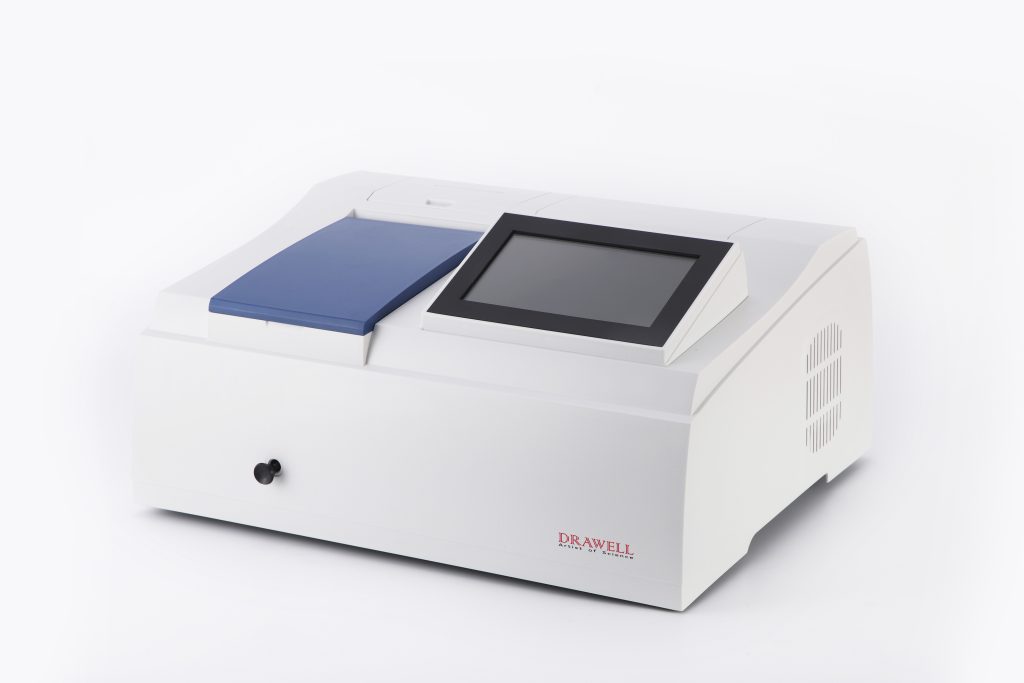Spectrophotometers are essential tools in analytical chemistry, enabling the measurement of light absorption or transmission properties of substances. Two common types of spectrophotometers are single beam and double beam spectrophotometers. Understanding the differences between these two instruments is crucial in selecting the most suitable one for specific analytical needs. In this article, we will compare the design, working principle, compensation mechanisms, accuracy, precision, speed, efficiency, and applications of single beam and double beam spectrophotometers. By examining their respective strengths and limitations, readers will gain valuable insights into choosing the ideal spectrophotometer for their analytical requirements.
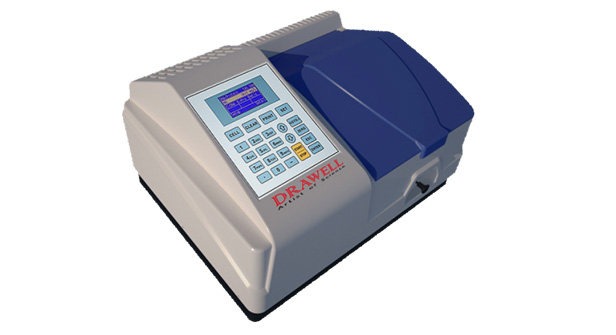
Design and Working Principles of Single Beam and Double Beam Spectrophotometers
Design and Working Principle of Single Beam Spectrophotometer:
A single beam spectrophotometer is designed with a straightforward optical path. The instrument consists of a light source, a monochromator or filter to select the desired wavelength, a sample cell, and a detector. The working principle involves the following steps:
- The light beam emitted by the source passes through the monochromator, which isolates the desired wavelength.
- The beam then travels through the sample cell containing the sample being analyzed.
- After passing through the sample cell, the beam reaches the detector, which measures the intensity of the transmitted light.
- The detector generates a signal that is converted into a readable output, such as absorbance or transmittance.
Design and Working Principle of Double Beam Spectrophotometer:
A double beam spectrophotometer has a more complex optical path and additional components compared to a single beam spectrophotometer. The design typically includes:
- Light Source: A common light source generates the light beam that is split into two paths.
- Beam Splitter: A beam splitter, often a dichroic mirror or prism, divides the light beam into two separate beams.
- Sample Cell and Reference Cell: The sample beam passes through the sample cell containing the analyte, while the reference beam passes through a reference cell containing a reference material or a blank.
- Monochromator: Both beams pass through a monochromator or wavelength selector to isolate the desired wavelength.
- Detectors: Two separate detectors measure the intensities of the sample and reference beams.
- Signal Processing: The detectors convert the measured intensities into electrical signals, which are processed and compared.
- Data Output: The resulting output is often presented as the ratio of the intensities or the difference in absorbance/transmittance between the sample and reference beams.
The Key Differences in the Design and Working Principle between Single Beam and Double Beam Spectrophotometers
The key difference in the design and working principle between single beam and double beam spectrophotometers lies in the handling of the reference beam. Single beam spectrophotometers sequentially measure the intensity of the transmitted light after passing through the sample and a reference cell (usually empty). In contrast, double beam spectrophotometers split the light beam into two paths, simultaneously measuring the intensities of the sample and reference beams. This allows for compensation of variations and fluctuations, resulting in improved accuracy and reliability.
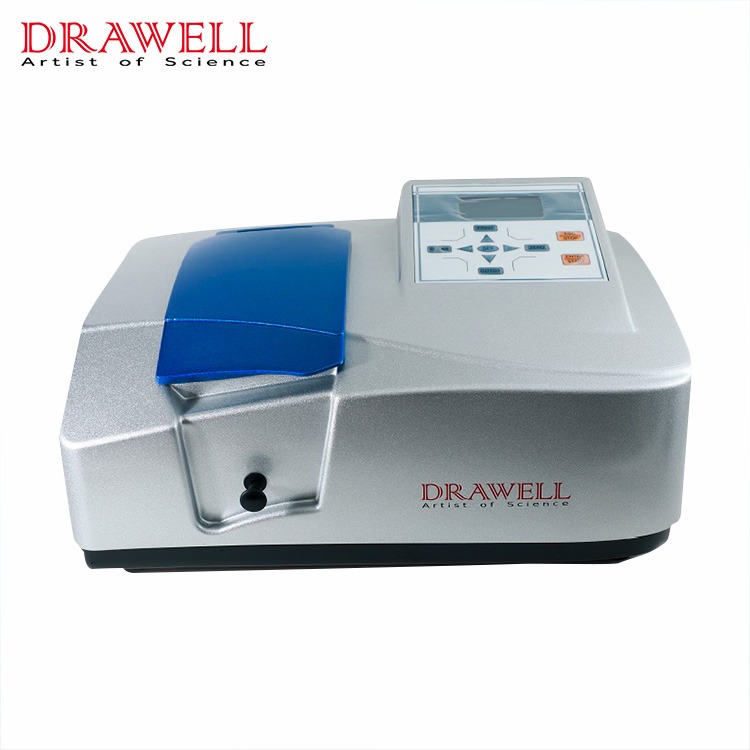
Compensation for Variations and Fluctuations of Single Beam and Double Beam Spectrophotometers
Compensation for Variations and Fluctuations in Single Beam Spectrophotometers:
Single beam spectrophotometers are more susceptible to variations and fluctuations that can affect the accuracy of measurements. However, there are certain compensations that can be employed to minimize these issues:
- Baseline Correction: Single beam spectrophotometers often experience baseline drift, which is a gradual change in the baseline intensity over time. To compensate for this, periodic baseline correction can be performed by measuring the intensity of a blank/reference solution without the sample. The baseline drift can then be subtracted from subsequent sample measurements.
- Calibration: Regular calibration of the spectrophotometer using appropriate standards helps to account for any instrumental variations. By measuring known reference standards at specific wavelengths, the instrument’s response can be adjusted to ensure accurate measurements.
- Blank Subtraction: Subtracting the absorbance or transmittance of the blank/reference solution from the sample measurement helps eliminate the contribution of any background interference or contaminants, improving accuracy.
Compensation for Variations and Fluctuations in Double Beam Spectrophotometers:
Double beam spectrophotometers are designed to compensate for variations and fluctuations in a more effective manner, resulting in enhanced accuracy and reliability. The compensation mechanisms include:
- Simultaneous Measurements: Double beam spectrophotometers measure the sample and reference beams simultaneously. This allows for real-time compensation of variations caused by factors such as fluctuations in the light source intensity, electronic drift, and changes in ambient conditions. Any changes affecting both beams equally can be canceled out, leading to improved accuracy.
- Differential Measurement: Instead of relying solely on the absolute intensities of the sample and reference beams, double beam spectrophotometers calculate the difference between the two intensities or the ratio of the two intensities. This differential measurement minimizes errors caused by common factors affecting both beams, resulting in more reliable measurements.
- Automatic Compensation: Many modern double beam spectrophotometers incorporate automatic compensation algorithms that continuously monitor and adjust the intensities of the sample and reference beams. These algorithms help maintain a stable baseline and compensate for variations in real-time.
Differences in the Compensation Method for Single Beam and Double Beam Spectrophotometers
Overall, the compensation methods employed in double beam spectrophotometers are more effective in mitigating variations and fluctuations, leading to improved accuracy and precision compared to single beam spectrophotometers.
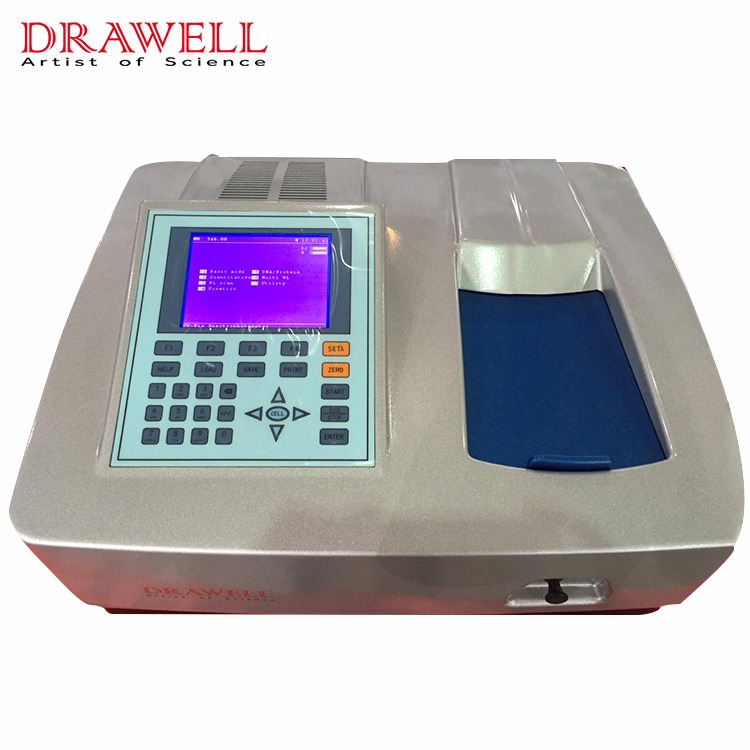
Accuracy and Precision of Single Beam and Double Beam Spectrophotometers
Accuracy and Precision of Single Beam Spectrophotometers:
- Accuracy: The accuracy of a single beam spectrophotometer can be affected by various factors, including baseline drift, variations in light source intensity, and instrumental errors. Baseline drift can lead to inaccuracies in measurements over time, affecting the reliability of results. Additionally, variations in the light source or other instrumental factors may introduce systematic errors that can impact the accuracy of measurements. Therefore, single beam spectrophotometers may have limitations in achieving high accuracy compared to double beam spectrophotometers.
- Precision: Precision refers to the repeatability and consistency of measurements. Single beam spectrophotometers can provide reasonable precision if the instrument is stable and properly calibrated. However, they are more prone to random errors caused by fluctuations in ambient conditions, electronic noise, or sample inhomogeneity. These random errors may result in variations in replicate measurements and reduced precision compared to double beam spectrophotometers.
Accuracy and Precision of Double Beam Spectrophotometers:
- Accuracy: Double beam spectrophotometers generally offer higher accuracy compared to single beam spectrophotometers. By simultaneously measuring the sample and reference beams, they can compensate for variations and fluctuations that affect both beams equally. This compensation helps to eliminate systematic errors and improve the accuracy of measurements. The differential measurement approach in double beam spectrophotometers further enhances accuracy by reducing the impact of common factors.
- Precision: Double beam spectrophotometers tend to provide better precision due to their compensation mechanisms and ability to detect and correct for variations in real-time. By continuously monitoring and adjusting the intensities of the sample and reference beams, they can reduce random errors and improve the precision of measurements. The differential measurement approach helps to minimize random errors caused by factors affecting both beams simultaneously, resulting in higher precision.
Differences in Accuracy and Precision of Single Beam and Double Beam Spectrophotometers
In summary, double beam spectrophotometers generally offer improved accuracy and precision compared to single beam spectrophotometers. Their compensation mechanisms, simultaneous measurements, and differential measurement approach contribute to better accuracy by canceling out variations and reducing systematic errors. They also provide enhanced precision by minimizing random errors caused by common factors.
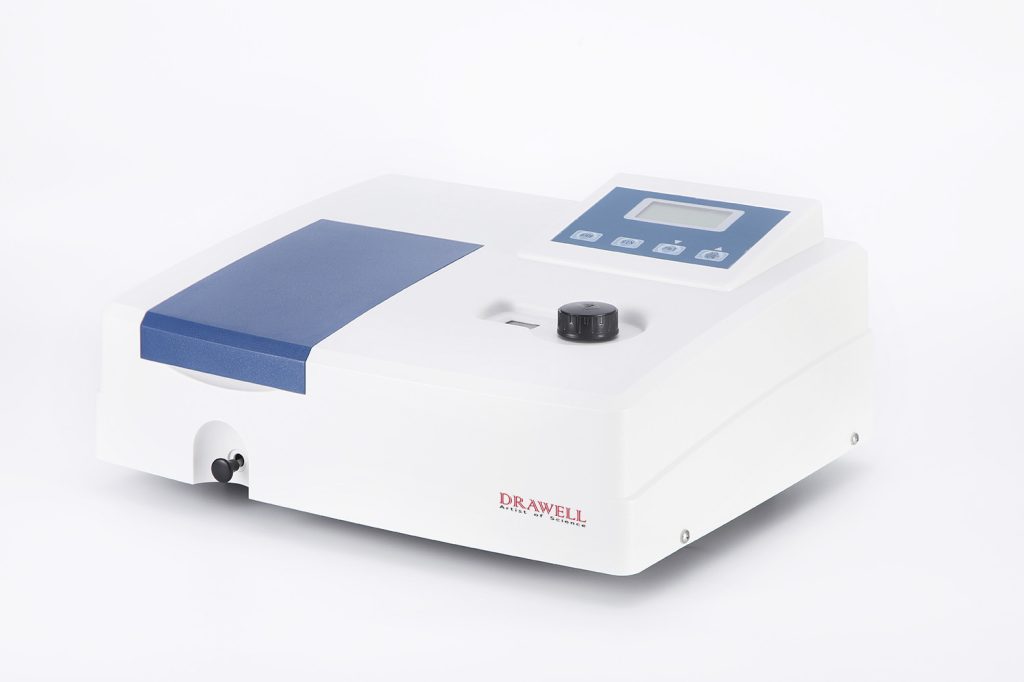
Speed and Efficiency of Single Beam and Double Beam Spectrophotometers
Speed and Efficiency of Single Beam Spectrophotometers:
- Speed: Single beam spectrophotometers are known for their relatively faster measurement times compared to double beam spectrophotometers. The simple optical path design allows for quick acquisition of data since only one measurement is required for each sample. This makes single beam spectrophotometers suitable for high-throughput analysis and applications where speed is prioritized.
- Efficiency: Single beam spectrophotometers are generally more straightforward in terms of operation and data processing. They require fewer components and calculations, which can contribute to a more efficient workflow. The simplicity of the design also means that maintenance and troubleshooting may be easier, potentially improving overall efficiency.
Speed and Efficiency of Double Beam Spectrophotometers:
- Speed: Double beam spectrophotometers typically have slightly longer measurement times compared to single beam spectrophotometers. This is due to the additional step of splitting the light beam into sample and reference paths, as well as the need for simultaneous measurements. While the speed may be slightly compromised, modern double beam instruments are designed to minimize the impact on overall efficiency.
- Efficiency: Double beam spectrophotometers offer efficiency in terms of accuracy and compensation for variations. The simultaneous measurement of the sample and reference beams allows for real-time compensation, leading to improved accuracy and reliable results. The compensation mechanisms ensure that variations and fluctuations are accounted for, reducing the need for manual adjustments and repeated measurements. This can enhance overall efficiency by minimizing errors and the need for additional analysis or troubleshooting.
Differences in Speed and Efficiency of Single Beam and Double Beam Spectrophotometers
In summary, single beam spectrophotometers are generally faster in terms of measurement times, making them suitable for high-throughput applications. They also offer efficiency in terms of simplicity and ease of use. On the other hand, double beam spectrophotometers may have slightly longer measurement times but offer higher efficiency through real-time compensation and improved accuracy, reducing the need for manual adjustments and repeated measurements. The choice between the two depends on the specific requirements of the application, prioritizing either speed or compensation for accuracy.
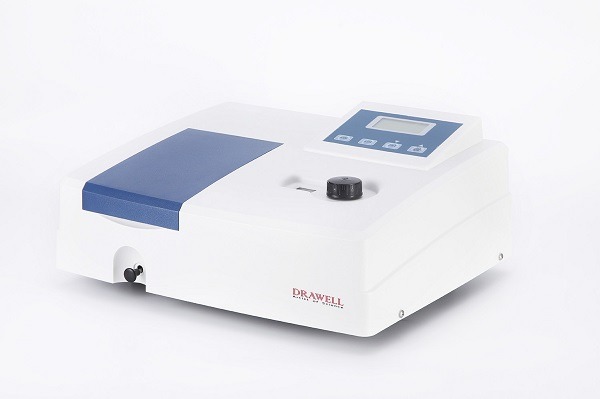
Applications and Suitability of Single Beam and Double Beam Spectrophotometers
Applications and Suitability of Single Beam Spectrophotometers:
- Routine Analysis: Single beam spectrophotometers are commonly used in routine analysis applications where rapid measurements are required. They are suitable for applications such as routine quality control testing, monitoring chemical reactions, and simple absorbance/transmittance measurements.
- Educational Laboratories: Single beam spectrophotometers are often used in educational settings, including undergraduate laboratories, to teach fundamental principles of spectroscopy and introduce students to basic analytical techniques.
- Low Budget Environments: Single beam spectrophotometers tend to be more affordable compared to double beam spectrophotometers. They are suitable for laboratories with limited budgets or those requiring basic analytical capabilities without the need for advanced compensation features.
Applications and Suitability of Double Beam Spectrophotometers:
- Quantitative Analysis: Double beam spectrophotometers are well-suited for quantitative analysis applications where high accuracy and precision are crucial. They are commonly used for measuring concentration levels in samples, performing kinetic studies, and determining reaction rates.
- Research and Development: Double beam spectrophotometers are preferred in research and development laboratories, where precise and reliable measurements are essential for studying complex reactions, characterizing new compounds, and investigating the effects of environmental factors on samples.
- Pharmaceutical and Biotechnology: Double beam spectrophotometers find extensive use in pharmaceutical and biotechnology industries for quality control, drug discovery, formulation development, and analysis of biomolecules such as proteins and nucleic acids. The compensation features of double beam instruments help ensure accurate and reliable results.
It is important to note that the choice between single beam and double beam spectrophotometers depends on the specific requirements of the application. While single beam spectrophotometers offer simplicity, affordability, and speed, double beam spectrophotometers provide enhanced accuracy, compensation for variations, and suitability for quantitative analysis and research-intensive applications.
Conclusion:
In conclusion, the differences between single beam and double beam spectrophotometers reveals distinct features and applications for each instrument. Single beam spectrophotometers offer simplicity, affordability, and speed, making them suitable for routine analysis, educational laboratories, and environments with limited budgets. On the other hand, double beam spectrophotometers provide enhanced accuracy, precision, and compensation for variations, making them ideal for quantitative analysis, research and development, and pharmaceutical/biotechnology applications. They offer the ability to simultaneously measure the sample and reference beams, ensuring reliable and precise results.
When selecting between single beam and double beam spectrophotometers, it is essential to consider the specific requirements of the analytical tasks at hand.


